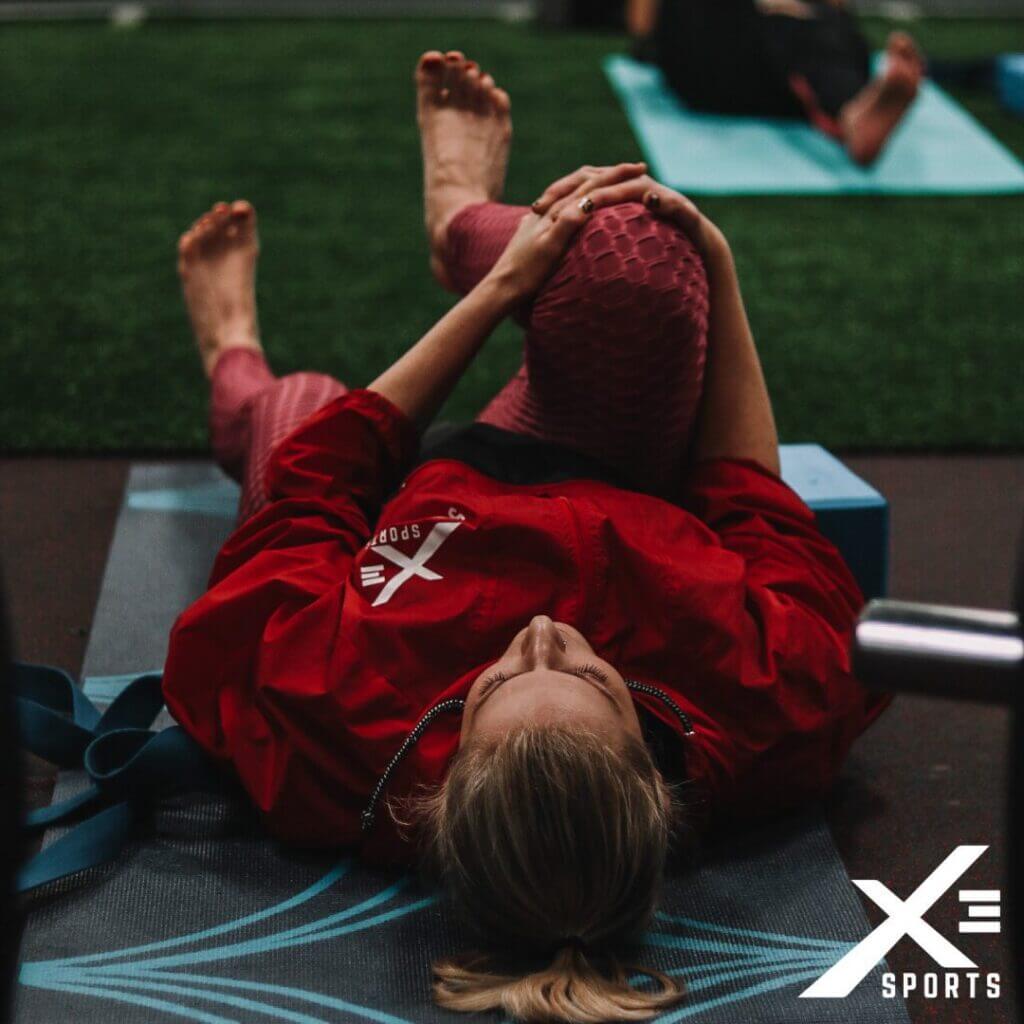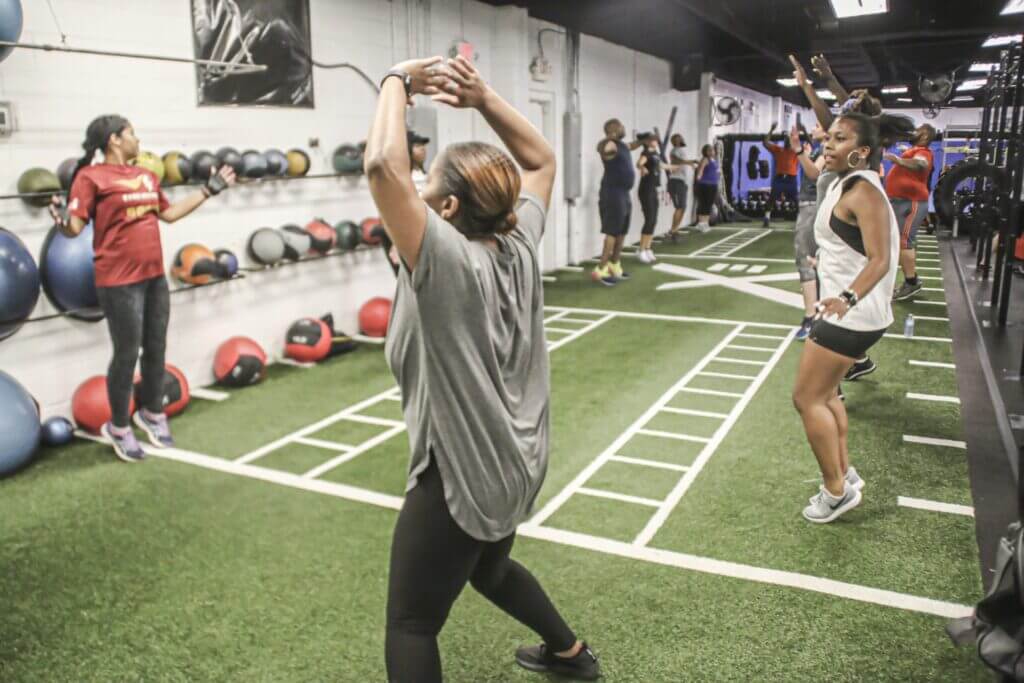If you’re looking to take your jiu jitsu game to the next level, the secret might not just lie in drilling submissions or perfecting your technique. Strength and stamina are key components of any successful jiu jitsu practitioner’s skill set. Integrating weight lifting and cardio into your training routine can help you perform better, roll longer, and feel stronger on the mats.
In this post, we’ll dive into the best weight lifting and cardio workouts that will enhance your jiu jitsu game and help you dominate every aspect of training and competition.

Why Strength and Cardio Matter for Jiu-Jitsu
Importance of Strength in Jiu-Jitsu
Jiu jitsu is often called the “gentle art,” but if you’ve ever rolled, you know it’s anything but gentle on the body. Strength plays a crucial role in controlling your opponent, escaping submissions, and executing powerful sweeps and throws. While technique is essential, the added edge of functional strength can make the difference between holding dominant positions or getting swept.
Cardio for Jiu-Jitsu Endurance
Cardio is just as important. Jiu jitsu matches, especially in tournaments, require intense bursts of effort followed by short rests. This means that your cardiovascular endurance will determine how long you can go before feeling gassed out. Improving your cardio will allow you to maintain a high level of performance during those long rolls or grueling competition matches.
Weight Lifting Workouts to Improve Your Jiu-Jitsu
Compound Movements for Full-Body Strength
When it comes to strength training for jiu jitsu, you want to focus on compound lifts—those that work multiple muscle groups at once. Exercises like deadlifts, squats, and bench presses help build overall strength in the body, making it easier to control your opponent, maintain top positions, and resist pressure when defending submissions. These lifts mimic the full-body tension and effort required during grappling.
- Deadlifts: Great for building back, core, and leg strength, which translates to better control in jiu jitsu.
- Squats: Essential for building leg strength and hip mobility—key components for strong takedowns and sweeps.
- Bench Press: Helps with pushing motions and upper body strength needed for guard passes and submissions.
Functional Strength for Grappling
Functional strength exercises are movements that directly translate to the physical demands of jiu jitsu. These exercises improve coordination, stability, and core control, all crucial for grappling.
- Kettlebell Swings: These build explosive power in your hips and core, which is perfect for bridging and escaping from bad positions.
- Turkish Get-Ups: This total-body movement improves core stability and strength while also increasing shoulder mobility—ideal for scrambles and defending submissions.
Core Strength for Better Control
A strong core is the foundation for many techniques in jiu jitsu. Whether you’re passing guard or controlling an opponent in side control, core strength helps you maintain balance and generate power.
- Planks: Simple but effective for building core endurance, which helps you maintain tight positions during rolls.
- Medicine Ball Twists: These help with rotational strength, which is critical when transitioning between positions or applying submissions like armbars and kimuras.

Cardio Workouts for Jiu-Jitsu Stamina
High-Intensity Interval Training (HIIT)
For jiu jitsu practitioners, High-Intensity Interval Training (HIIT) is a game-changer. HIIT involves short, intense bursts of activity followed by brief periods of rest, mimicking the energy demands of a jiu jitsu match. Incorporating HIIT into your routine will help you develop the stamina to maintain high effort throughout rolls without fading.
A sample HIIT session could include:
- 30 seconds of sprinting, followed by 30 seconds of walking or light jogging. Repeat for 8-10 rounds.
- Alternating kettlebell swings with burpees for 20-second intervals, followed by a 10-second rest.
Steady-State Cardio for Recovery
While HIIT improves your anaerobic capacity, steady-state cardio (like jogging or cycling at a moderate pace) can help with aerobic endurance and active recovery. Incorporating steady-state cardio will improve your overall cardiovascular health, helping you recover faster between rolls or workouts.
- Jogging or cycling for 30-45 minutes at a consistent pace can improve blood flow and help clear lactic acid buildup after intense jiu jitsu sessions.
Aerobic vs. Anaerobic Cardio for Jiu-Jitsu
In jiu jitsu, you’ll need both aerobic and anaerobic cardio. Aerobic exercises improve endurance for long-term performance, while anaerobic exercises boost your ability to explode in short, intense bursts (like scrambling out of a bad position). Balancing both types of cardio in your workouts will give you an edge on the mats, allowing you to stay sharp and reactive in any situation.
Combining Weight Lifting and Cardio for a Complete Jiu-Jitsu Workout
Sample Weekly Workout Plan
Here’s a sample plan that combines strength, cardio, and jiu jitsu practice for optimal performance:
- Monday: Jiu Jitsu class + Weight lifting (Squats, Deadlifts)
- Tuesday: HIIT workout (30 minutes) + Core strength (planks, twists)
- Wednesday: Jiu Jitsu class + Weight lifting (Bench Press, Kettlebell Swings)
- Thursday: Steady-state cardio (Jogging or cycling for 45 minutes)
- Friday: Jiu Jitsu class + Functional strength (Turkish Get-ups, Medicine Ball Slams)
- Saturday: Active recovery or light rolling
- Sunday: Rest
Balancing Strength Training with Jiu-Jitsu Training
One of the biggest challenges jiu jitsu practitioners face is balancing strength training with mat time. Overtraining is a real risk, especially if you’re hitting the gym hard and rolling multiple times a week. The key is to listen to your body. If you’re feeling fatigued or sore, adjust your gym sessions to focus on lighter movements or cardio. Remember, the goal is to supplement your jiu jitsu, not burn out from it.
Conclusion: Supercharge Your Jiu-Jitsu with the Right Workouts
By incorporating both weight lifting and cardio into your training routine, you’ll build the strength and endurance needed to excel on the mats. Compound lifts will make you stronger, functional exercises will boost your grappling, and a mix of HIIT and steady-state cardio will ensure you can outlast your opponents.
Ready to take your jiu jitsu training to the next level? Sign up for a free class at X3 Sports and experience how our expert trainers can help you build strength, improve your cardio, and sharpen your jiu jitsu skills!
Recent Posts